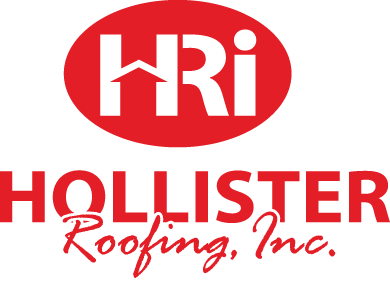When you have a house newly built or renovated, you take comfort in the knowledge that the property’s new components come with warranties from the manufacturer. This tells you that your investment is provided a certain level of protection, and you won’t have any need to shell out more money should anything happen to a part of your house.
Your new roof, for example, most likely called for a significant investment, so it’s only logical that you would want to keep it in the best condition possible so that you can take advantage of its warranty if the need arises.
What’s covered?
What many homeowners or property managers may fail to realize, however, is that different companies will offer different warranties. One element may be covered in one manufacturer’s warranty (like materials, or labor, or both), but not in another’s. The standard warranty period will also vary. In other instances, the current owner is the sole individual who can use the warranty — it cannot be transferred to another person.
If a homeowner does not have a thorough understanding of their roof warranty, he may end up having things done to it (or not done to it) that could actually result in a voided warranty. Provided below are four common ways that homeowners unknowingly void their roof warranties (so that you can avoid committing such a costly mistake yourself).
1. Improper fastening
If your shingles are incorrectly fastened to your home, they can get blown off — and the manufacturer won’t shoulder the expenses of having them repaired (you or your roofing contractor will have to foot the bill). Take care not to use nails that are too short, not to use too few nails, not to drive nails crookedly or overdrive them into shingles, and not to observeimproper placement of the fasteners.
2. Hot roofs
Hot roofs are the result of coating roof sheathing with spray foam insulation. Doing this will cause the temperature of the shingles to rise, their colors to fade, and their lifespan to be significantly reduced.
3. Installations over non-approved roof decking
Before installing shingles, your roofing contractor should determine if your home’s decking is indeed appropriate for such a project. Using sheathing that is too large will cause the shingles to buckle.
4. Pressure washing a roof
To eliminate moss growing on a roof, which can trap moisture against the roof’s surface and cause premature wear, some homeowners may decide to hire contractors to pressure wash their roof. Shingles, however, are not designed to withstand such high pressures. This activity can result in deteriorating shingles and granules that gradually detach from the shingles.
Even the best roofing warranty will fail to provide homeowners the assurance that their warranty claims will be approved if the property owners themselves fail to take note of activities that can void the agreement. Ensure your peace of mind by carefully studying the warranty before you hire a roofing contractor to get work done on your property.
